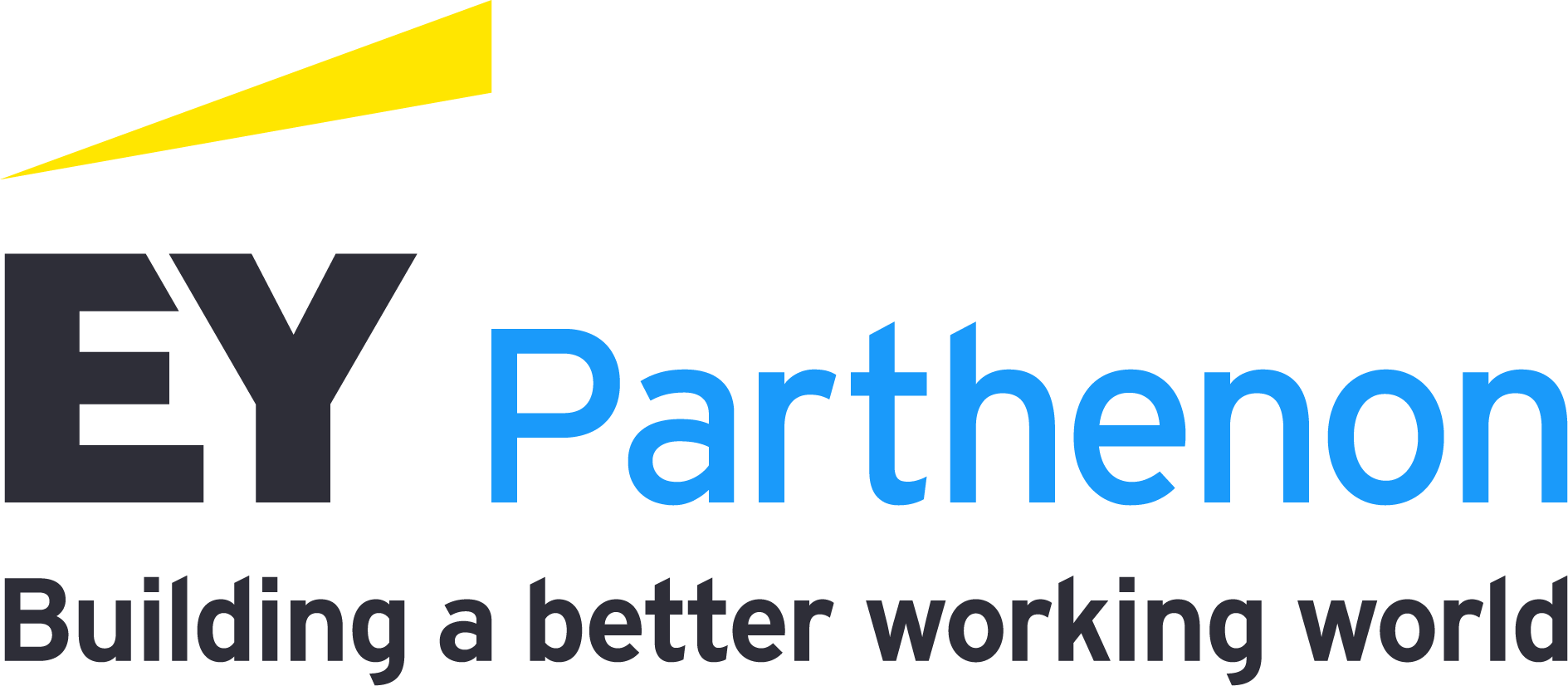As pervasive as the word “digital” is today, its many meanings result in it being fundamentally misunderstood. Certainly, digital covers core marketing and communications platforms like websites, email, online advertising, mobile and social media. But it is also used to discuss the digital component behind key business model disruptors, including sharing-economy apps, content streaming services, internet-enabled thermostats, liquid office spaces and consumer-to-consumer banking, just to name a few.
It even spreads to key innovations like big data, Internet of Things, artificial intelligence, machine learning, blockchain and robotics. As a result, digital disruption is fueling changes and unlocking opportunities (and risks) within every industry, from retail to financial services, automotive to health care and energy to consumer goods.
Higher education is not immune. The more pervasive digital becomes in the economy, and the more these disruptive technologies continue to drive change, the more integral they become to the success of higher education institutions. Digital reaches across the university community, including students, parents, alumni, employers, faculty and staff.
It has become unthinkable that universities would be able to effectively manage most of their biggest challenges without the use of digital, whether they be in attracting, retaining and engaging students and alumni; operating efficiently and effectively; driving quality and innovation in teaching and learning; fostering research collaboration; or partnering with employers. As a result, colleges and universities need to reframe the question from “what is our digital strategy?” to “what is our university strategy in a digital world?”
To better understand how higher education institutions are furthering their university strategy with the help of digital, EY-Parthenon conducted a survey of students and institutions in January 2017. This survey reaffirmed what many in higher education already know to be true: institutions believe in the impact of digital over the next decade. They believe in the power of digital to drive better learning and student success outcomes.
They have been and plan to continue putting resources behind digital advancements in these areas. They are exploring a mix of teaching and learning technologies but are laser focused on predictive analytics as a solution to student success. The results of this survey also highlight how these initiatives, hereafter referred to as “Teaching & Learning” and “Student Success,” stack up against students’ expectations.
The survey also highlighted a critical gap in how institutions might be approaching digital: digital tools can help realize an institution’s strategy, but cannot do it alone. Despite institutions’ focus on predictive analytics tools for student success, students themselves are still relatively dissatisfied with advising and career services.
They seek improvements in advising and career services tools and processes — digital or not. Strong analytics are only the first step to improving retention rates, and to be effective, the vibrant student success system also needs to include insight-driving visualization tools and robust processes around intervention.






